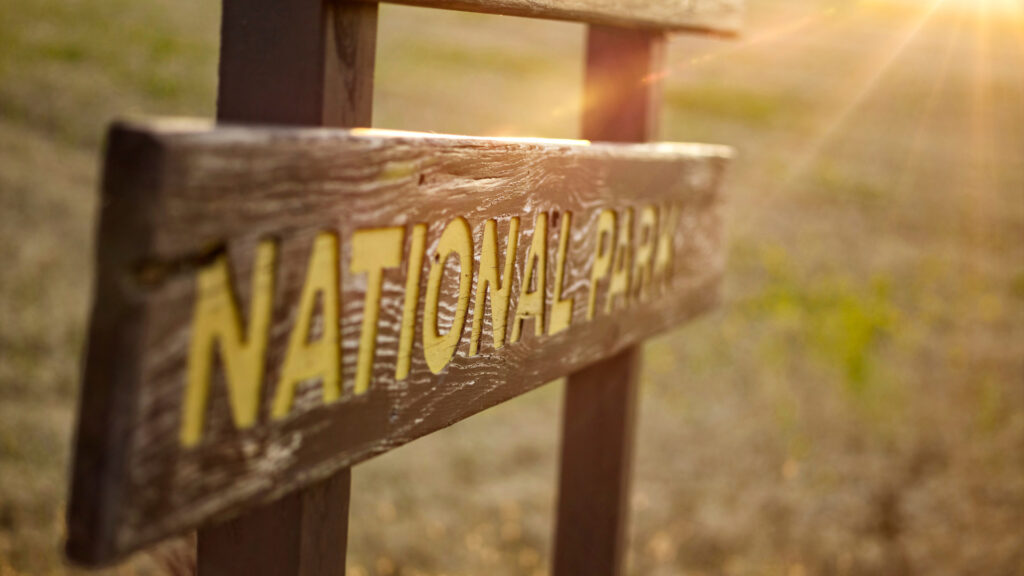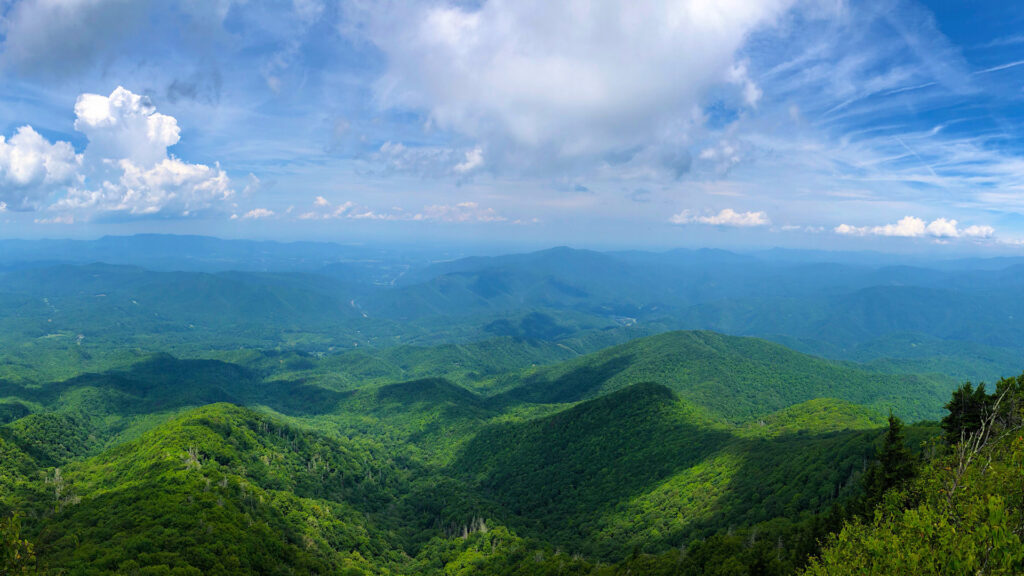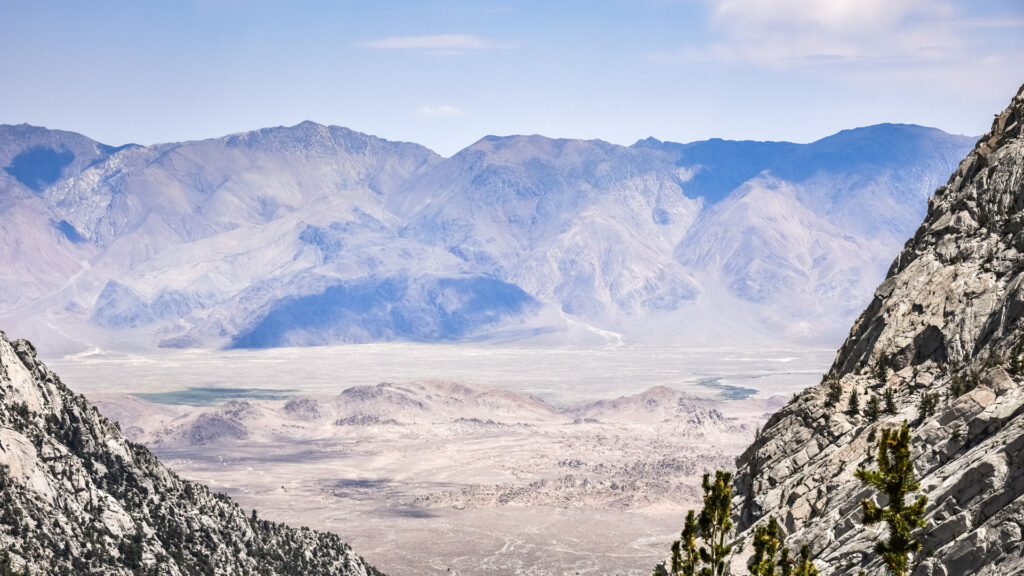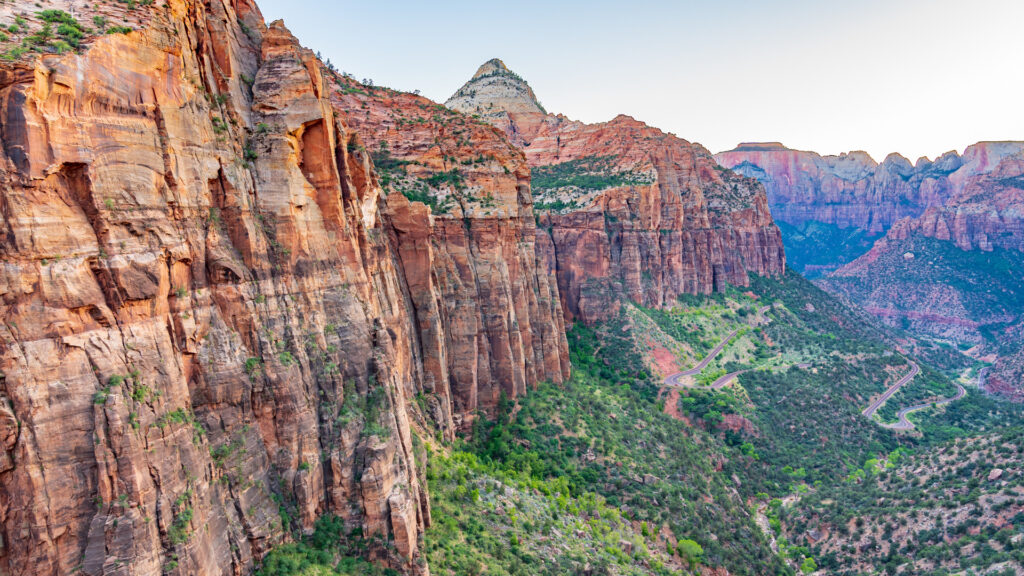Table of Contents Show
National parks represent some of America’s most unique, breathtaking, and environmentally significant places. And in recent years, more and more Americans have taken advantage of these incredible sites.
But, while you may want to get behind the wheel and explore some of them this summer, not every park is a great choice for your summer road trip.
Read on as we reveal which ones to save for a different season.
What Is a National Park?
The term national park refers to the most exclusive designation within the over 400 units of the National Park Service’s 84 million acres. The federal government preserves these parks to recognize sites of unique natural significance.
Traditionally, this was limited to scenic preservation. However, as the system has expanded, it also protects areas of environmental and historical importance.
The goal is to preserve and showcase these lands for current visitors and future generations.

How Many U.S. National Parks Are There?
As of summer 2022, the U.S. National Park System had 63 officially designated national parks. Yellowstone became the first in 1872.
The most recent addition to the system came in December 2020. New River Gorge in West Virginia got upgraded from a national river to a national park.
In addition, the National Park Service manages 85 national monuments and nearly 140 national historical parks and sites.
Plus, the NPS has dozens of national memorials, preserves, military sites, scenic trails, and other official distinctions.
Pro Tip: Want to learn more about the different National Park designations? Read our article on Decoding the National Park System.
7 Worst National Parks for Summer Road Trips
Just about every national park has something amazing to offer visitors. But some may not be the best choices for your summer vacation road trip.
Here’s a look at which ones you should visit another time and why.
1. Great Smoky Mountains National Park
The nation’s most visited national park, the Great Smoky Mountains National Park, straddles the North Carolina/Tennessee border.
This east-coast park provides tens of millions of people easy access to the pristine mountains and gorgeous woods of the Blue Ridge and the greater Appalachian region.
Why You Shouldn’t Visit During the Summer: We mentioned it’s the most visited park. And anyone who’s made a summer visit in the past will likely agree.
No one wants to spend their time sitting in traffic, waiting in line, or searching for parking. Instead of providing peace and serenity, trails may feel like walking along a busy city sidewalk.
What Time of Year to Visit Instead: Fall and spring offer incredible chances to visit the Smokies. In spring, you’ll enjoy the blooming of the forests after a long winter, along with pleasant temperatures and smaller crowds.
In the fall, you’ll have much of the same experience but with vibrant, color-changing foliage.
Explore More: Here are some Can’t Miss National Parks on the East Coast you need to add to your bucket list!

2. Yellowstone National Park
Yellowstone, America’s first national park, is also among the most famous in the U.S. and worldwide.
The park protects a vast stretch of valleys, mountains, rivers, and other incredible landscapes in Wyoming, Montana, and Idaho. For more than 150 years, visitors have flocked to the park to see the sights. These include the famous Old Faithful geyser, Lamar Valley, the park’s bison herds, and other wildlife.
Why You Shouldn’t Visit During the Summer: Yellowstone has experienced terrible traffic jams for years. They would make driving in New York or Los Angeles seem pleasant.
Quite simply, the park infrastructure can’t handle the number of people who want to see the park.
Plus, you’ll face large crowds at visitor centers, hotels, and other services. For some, it’s enough to ruin what should be an unforgettable trip.
Additionally, Yellowstone is still in the early stages of cleaning up from significant recent flooding that devastated the park. Some of those may remain closed for extended periods as the NPS rebuilds roads and other infrastructure.
With some popular parts of the park still inaccessible, this puts even more strain and crowding on other areas.
What Time of Year to Visit Instead: Yellowstone is an excellent choice to visit in late spring or early fall. The snow will have melted or not yet arrived, and most tourists haven’t gone on summer vacation.
You’ll get a bit more privacy on your Yellowstone explorations and see fewer traffic jams on park roads. Some adventurous travelers even visit during the winter.
Some parts of the park close due to weather, but you can see amazing sites covered in pristine snow.
Pro Tip: If you haven’t explored Yellowstone before, here’s How to Plan an RV Trip to Yellowstone!
3. Grand Canyon National Park
Seeing the Grand Canyon for the first time may provide some of the most breathtaking sights in the national park system.
The Canyon holds the Colorado River, which carved this incredible sight over millions of years. The Grand Canyon offers activities for visitors of all types.
It is split into a more remote North Rim and a more trafficked and amenity-friendly South Rim. Those looking to take it easy can stroll the Rim Trail, hop on the shuttle, or get in the car for scenic views.
The more adventurous can hike around or into the canyon or take a rafting trip through it.
Why You Shouldn’t Visit During the Summer: Due to the crowds and heat, you shouldn’t visit in summer. For all the reasons we’ve mentioned, the Grand Canyon is among the most popular national parks.
In the summer, you’ll have to deal with these massive crowds at all the viewpoints, park hotels, restaurants, and trails.
Additionally, its location in Arizona means summer temperatures can reach the high 90s. These can get higher at the rim and significantly higher at river level. This can be dangerous to those unprepared.
What Time of Year to Visit Instead: Try going just before and after the summer peak season for the best experience. You’ll have better temperatures, and you won’t have to contend with cold and sometimes snowy winters.
You’ll also avoid the worst crowding, making park resources much more pleasant.

Keep in Mind: If you decide to plan a trip to this popular park, these Tips for Planning an RV Trip to the Grand Canyon will help you prepare!
4. Everglades National Park
The Everglades National Park was the first national park created to preserve an important and fragile ecosystem. The park covers more than 1.5 million acres of South Florida tropical wetlands.
It provides critical habitats to the region’s unique species, including the famous alligators. While you can explore parts on land, you can best see the Everglades from the water. You can either take a kayak trip or a guided boat tour.
Why You Shouldn’t Visit During the Summer: For most travelers, temperatures in the high 80s or 90s combined with extreme humidity make this an unpleasant summer trip.
In a swampy environment like the Everglades, it can be downright oppressive. Couple this with more bugs than usual and a more active gator population, and you may see why you should avoid a summer visit.
Summer is also right in the middle of Atlantic Hurricane Season, which stretches from June through November. While there’s no guarantee a hurricane might strike, it’s always a risk in tropical locations like Southern Florida.
Worse yet, you probably won’t know whether a storm will interrupt your trip until it’s too late to cancel. You may find yourself stuck battening down the hatches. You don’t want to be in the path of one of these massive storms!
What Time of Year to Visit Instead: Southern Florida and the Everglades are an excellent choice for winter visits. While most of the country shivers under their winter jackets, Floridians can relax with comfortable temperatures and relatively low humidity.
Although, winter is the most crowded season in Florida, with “snowbird” residents in town. Therefore, those looking for more solitude on their Everglades trip should also consider the fall and spring “shoulder seasons.”
Pro Tip: If you want to avoid the crowds, here are 5 RV Destinations That You Should Seriously Consider Visiting in the Off-Season!

5. Death Valley National Park
Death Valley preserves the lowest point in the United States — Badwater Basin, at 282 feet below sea level. The park also hosts America’s hottest temperatures, measured more than 100 years ago at the aptly named Furnace Creek.
This national park, located on the California/Nevada border, also provides access to remote desert landscapes and soaring mountains.
You can also explore pieces of western history like the Harmony Borax Works and Scotty’s Castle.
Why You Shouldn’t Visit During the Summer: This one should be pretty obvious for anyone even remotely familiar with Death Valley’s climate.
Summer temperatures routinely soar well into the triple digits by mid-morning. Thus you can’t see most of the park between dawn and dusk.
This dangerous heat can cause car breakdowns and even kill unprepared travelers who venture into it. Additionally, you won’t find much to do inside, thus wasting your summer days.
What Time of Year to Visit Instead: Death Valley is comfortable from fall through mid-spring. Highs rarely get above 80 from November to March, while lows don’t fall below the 30s.
This makes most of the park’s lower elevations tolerable for hiking, driving, and other exploration.
Just be aware that high-elevation areas, like the park’s famous Telescope Peak, are often 30-50 degrees cooler. This makes them difficult or impossible to access during the winter.

6. Zion National Park
Zion has been called the “crown jewel” of Utah’s “Mighty 5” national parks. The park centers around Zion Canyon, a 15-mile-long expanse with walls stretching nearly half a mile high.
The park is a hiker’s dream, with one-of-a-kind treks like the Virgin River at The Narrows. Or hike along a precarious trail to Angel’s Landing with steep drop-offs on each side.
Why You Shouldn’t Visit During the Summer: You should avoid Zion during the summer for numerous reasons. The park lies in southwestern Utah — not far from other places with notably uncomfortable heat on this list. Unless you enjoy scorching daytime temperatures, the weather is a major strike against summer visits.
Like most national parks, it also sees a surge of tourists during summer break. Unfortunately, Zion’s layout can’t handle mass crowds.
Therefore, Zion Canyon Scenic Drive closes to personal vehicles during peak season. This forces visitors to ride an often crowded shuttle to the park’s top sights.
What Time of Year to Visit Instead: Those looking to avoid the heat and crowds should plan a visit for the fall. Temperatures and crowds have decreased, making exploring more manageable.
It’s also preferable to spring. Snowmelt can cause rivers to rise dangerously high and cut off some areas of the park.
Keep in Mind: Do you have a national park pass yet? If not, You’re Wasting Money not having one!

7. Yosemite National Park
Yosemite lies in the Sierra Nevada Mountains of eastern California. It provides some of the most unparalleled mountains, waterfalls, and other natural features in the national park system.
The sprawling park contains numerous distinct sections with different climates, flora, and fauna, including the area’s iconic Giant Sequoias.
But most know it best for the Yosemite Valley. The incredible expanse for hiking, climbing, and other outdoor activities makes Yosemite one of the most beloved parks in the NPS.
Why You Shouldn’t Visit During the Summer: Check out the roads during the busiest summer weekends and rethink your visit.
Unfortunately, demand has outstripped the park’s limited roadway capacity, leading to long traffic jams and unavailable parking at popular sites.
Yosemite’s even had to put a reservation system in place for peak hours, preventing some visitors from being allowed in.
What Time of Year to Visit Instead: Like Zion, you’ll want to plan a Yosemite visit for the fall. Some portions may remain closed during spring due to snow, and winter brings a different set of closures.
Fall provides a chance to see the park with fewer crowds, manageable temperatures, and the most amount of spots available.
Plan Your Summer Road Trip to Any Other National Park
While eager national park fans may feel disappointed, don’t despair. You have so many great national parks that still make amazing vacations.
Try exploring the vastness of Alaska’s many national parks or the comfortable temperatures of our mountainous parks. Or visit the unique history and scenery of those in the country’s northern or lesser populated reaches.
Your crowd-free, stress-free, comfortable-temperature national park road trip is waiting — just pick your destination.






